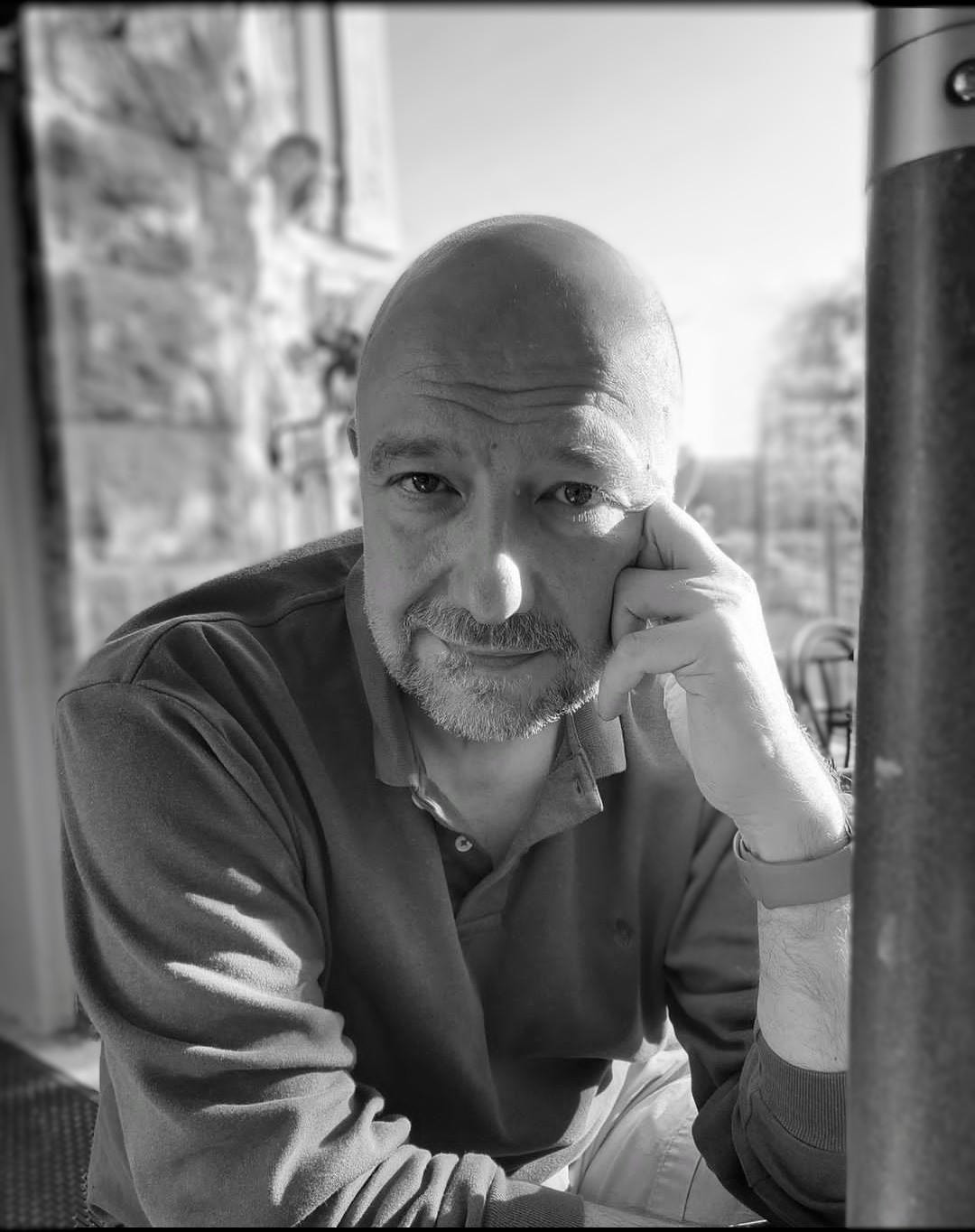|
It occurred to again me as I viewed several fine entries at Other Worlds Austin this December that we have lost the Future. I don't mean that the future won't occur, but that our vision of the Future no longer seems to exist. It's a thought I'd had before, but it seemed uncomfortably present (no pun intended) now. Several years ago, I wrote the following in one of my Watching the Future columns. The future used to be a destination. It used to be The Future. And like a Zeno paradox, the closer we got to it, the more unattainable The Future seemed... until we realized that the destination had been demolished. The hundred-story skyscrapers of Fritz Lang's Metropolis and the pristine courtyards of William Cameron Menzies's Things to Come are now a never-ending string of strip malls selling cheap cell phones and tax advice. Actually, William Gibson said it more succinctly in his 2003 novel Pattern Recognition. We have no idea, now, of who or what the inhabitants of our future might be. In that sense, we have no future. Not in the sense that our grandparents had a future, or thought they did. Fully imagined cultural futures were the luxury of another day, one in which 'now' was of some greater duration. For us, of course, things can change so abruptly, so violently, so profoundly, that futures like our grandparents' have insufficient 'now' to stand on. We have no future because our present is too volatile. ... We have only risk management. The spinning of the given moment's scenarios. Pattern recognition. I wrote my column in 2012, but I stand by the sentiment, especially as I attempt to list the top ten science fiction films for 2018. I can manage five:
Others speak well of Solo and Annihilation, but neither impressed me as much as the top two on this list. In addition, three also made my horror top ten, and function better as horror movies. If we consider Black Panther a superhero movie rather than sf, then Sorry to Bother You, a devastating, Swiftian look at Where We Are Now (Pohl and Kornbluth would have approved), becomes the best original science fiction movie of the year. I grant you, it ranks on my Best of 2018 list regardless of genre (as does Black Panther), but it's all the more striking when one considers how little truly good sf hit theaters or streaming services. It's a shame, especially because I happen to love the genre, and want to see more than the underwhelming material we're given. To that end, I'm going to try something different this year. I have a number of writing projects I want to work on, from short stories to the completion of a horror novel, so it perhaps is foolhardy to add one more. Starting next week, I am initiating my Looking Back at the Future project. I want to look at how science fiction cinema portrayed the Future over the last hundred years. I plan on reviewing 50 science fiction films release from between 1902 (when Georges Méliès released Le Voyage dans la Lune) and 2002 (one year before the release of Gibson's novel) with an eye on how our perceptions of the Future changed in cinema, which in turn changed our vision of the Future generally. Additionally, I want to avoid discussing the most obvious movies. 2001: A Space Odyssey, Brazil, and Blade Runner (to name three) stand among my favorite movies of all time, but other, better scribes have written of their influence. By contrast, how many people have seen (or even heard of) pictures like Android, or Circuitry Man, or Night of the Comet, or Making Mr. Right, or Until the End of the World, or Screamers? How many have thought of These Are the Damned, or If..., or Abre Los Ojos in science fictional terms? I'm not sure I have any goal other than examining these visions and how they shaped our perceptions of tomorrow. I have no idea if I will be able (or even want) to determine how, or where, we lost the Future. That may be unknowable. Mostly, I'd just like to believe in the future again, even if it isn't the Future. I would like a glimpse of who or what those inhabitants of our future might be. I hope to see you there. (For those curious about my horror picks for 2018, they include: Hereditary, Mandy, Suspiria, A Quiet Place, The Endless, Halloween, Upgrade, The Ritual, Unsane, and They Remain.)
0 Comments
|
Derek Austin Johnson has lived most of his life in the Lone Star State. His work has appeared in The Horror Zine, Rayguns Over Texas!, Horror U.S.A.: Texas, Campfire Macabre, The Dread Machine, and Generation X-ed. His novel The Faith was published by Raven Tale Publishing in 2024.
He lives in Central Texas. Archives
May 2024
Categories |

 RSS Feed
RSS Feed